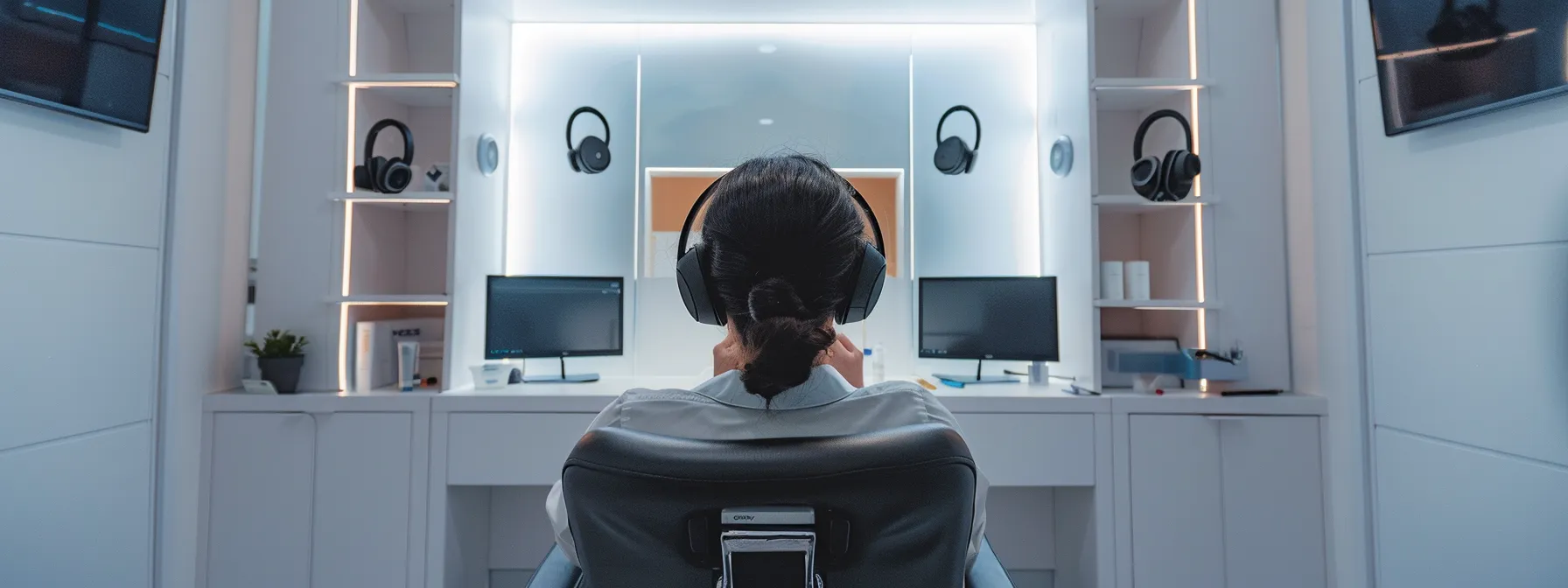Top Factors To Consider When Selecting Hearing Aids
Choosing the right hearing aids can be a transformative decision for individuals with hearing impairments, as it improves not only their ability to communicate but also their overall quality of life. It’s essential to understand the degree and type of hearing loss before selecting a device. The market is filled with various options, each boasting different features and technologies. With numerous choices available, finding the perfect fit requires careful consideration of several key factors. Keep reading to explore the top considerations.
Understanding Your Hearing Loss and Hearing Aid Types

The first step in choosing hearing aids is to understand the nature of your hearing loss. Audiologists typically classify hearing loss by its severity – mild, moderate, severe, or profound – and by its type – sensorineural, conductive, or mixed. This classification helps determine the most suitable type of hearing aid, whether it’s an in-the-ear (ITE) model, behind-the-ear (BTE), in-the-canal (ITC), or completely-in-the-canal (CIC) device.
Different types of hearing aids cater to various needs. BTE models, for example, are traditionally more powerful and might be recommended for severe hearing loss, while ITC or CIC models are less visible and could be better for those with an active lifestyle. Beyond the type and severity of hearing loss, your daily activities and work environment also play a significant role in determining which type of hearing aid to choose.
Modern hearing aids also come with a range of features, including directional microphones, wireless connectivity, and noise reduction options. Brands like Phonak incorporate innovative technology and user-friendly features. These hearing aids are engineered to deliver exceptional sound quality, enabling users to engage in conversations and enjoy their favorite activities with greater clarity. With a wide range of models, Phonak caters to diverse hearing needs.
Considering Comfort and Design for Daily Use

While performance is paramount, comfort and design are equally important considerations in selecting hearing aids. You will be wearing these devices throughout your daily activities, so comfort should not be compromised. Well-fitting hearing aids not only provide physical comfort but also prevent feedback and ensure optimal sound amplification.
The size and shape of your ear canal, as well as any dexterity issues, will affect the style of hearing aid you should choose. In-the-ear styles are generally more discreet and can be easier for individuals to manage when inserting or removing the aid. However, behind-the-ear styles have a greater surface area that can accommodate larger batteries and more features.
Testing out different models can be an excellent way to determine what feels comfortable for you. This first-hand experience can provide insights into which devices sit well behind your ears, cause no irritation in the canal, and are easy to control. Remember that comfort is subjective, and what works for one person may not suit another. Take the time to find your comfortable fit.
Evaluating Hearing Aid Features and Technologies

The advancement in hearing aid technology has led to the creation of devices that can significantly improve the user experience. Many modern hearing aids feature digital sound processing, enabling clearer sound quality and improved speech recognition. It’s crucial to consider the different technology levels – such as basic, standard, advanced, or premium – because they can impact the hearing aid’s effectiveness in various sound environments.
Some hearing aids are equipped with Bluetooth connectivity, enabling them to interface with smartphones, televisions, and other devices. This added connectivity can improve accessibility and make life more convenient. Additionally, features like rechargeable batteries offer ease of use by eliminating the need to frequently change batteries, which is especially beneficial for those with manual dexterity challenges.
Noise reduction and feedback suppression technologies are other critical features that can significantly enhance hearing aid performance. These technologies help to minimize background noise and prevent the annoying whistling sounds that some devices might produce. The level of sophistication in such features will influence the overall satisfaction with the hearing aids, especially in challenging listening environments.
Overall, the process of selecting the right hearing aids should be thorough and considerate, involving an understanding of specific hearing needs, desired features, and comfort. Taking the time to assess these factors can lead to a choice that not only fits your hearing loss but also enhances your daily life.






